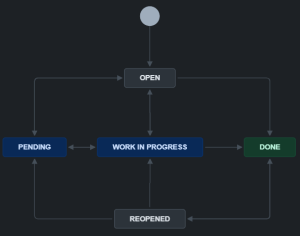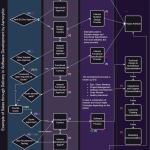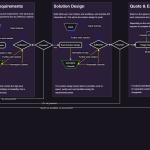The communication conundrum
Finding the sweet spot between humans and supporting applications can be a tricky problem to address. Too little communication and your client will feel abandoned – an abundance of automated communication (e.g. ‘we are working on it’) and your client won’t believe they are receiving the priority they deserve.
You want to create a pleasant, enjoyable working relationship with your client, so they remain clients for years to come.
Whether you’re managing a new client, an existing client with new requirements or where assistance is needed, they will require:
- Momentum – Their needs are met efficiently and given attention.
- Transparency – They are communicated with and can see their needs.
- Priority – They can manage and share what is important to them as clients.
- Honesty – Those commitments they are given are followed through to completion on time.
Asmorphic helps you achieve a scalable, consistent, robust set of procedures through workforce automation, which is complemented by taking full advantage of your software solutions. We call this Configurely.







